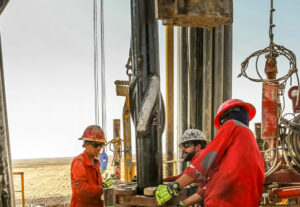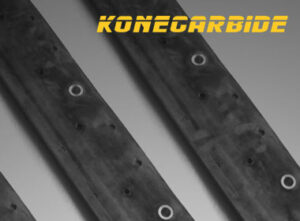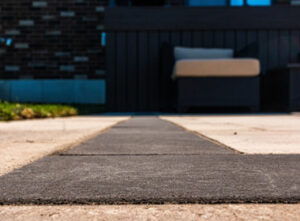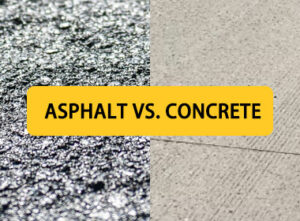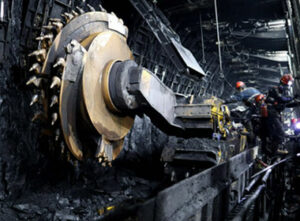Hardfacing is a process designed to extend the service life of equipment components. It can be used on both worn components and new components. Hardfacing consumables are hard materials selected to be deposited on components for protection, including rods, powders, grits, and pellets. By using different hardfacing methods or techniques, those consumables cover the surface of machine components that are subject to wear during operation. Today, we will explain these hardfacing methods in detail.
- Thermal spraying
Thermal spray is a hardfacing method that sprays heated materials, such as metals, ceramics, or polymers, onto a substrate to create a protective coating. Thermal spray consumables are typically in the form of powder or wire. To achieve a high deposition rate, this hardfacing method utilizes electrical or chemical heating to create several millimeters thick coatings covering large areas on the surface. Unlike other hardfacing methods, thermal spray minimizes the influence on the temperature of the underlying surface. Therefore, it is ideal for coating flammable materials.
- Diode laser hardfacing
Diode laser hardfacing is an advanced solution for improving longevity and minimizing wear in material handling components. This innovative technique uses a laser to weld a layer of thin metal infused with extremely hard and durable particles, forming a super wear-resistant coating. This method is capable of achieving an impressive hard particle density of up to 75%. By employing the diode laser hardfacing method, the service life of components can be greatly extended while guaranteeing optimized performance.
- Oxygen-acetylene hardfacing
Individuals who are experienced in welding may find oxygen-acetylene hardfacing quite simple. This method is not suitable for large-sized components, but it has its advantages, such as precise control over the shape of the deposit. Thanks to its slower heating and cooling process, oxygen-acetylene hardfacing reduces the risk of thermal shock. By utilizing this hardfacing method, high precision and required durability can be achieved.
- Arc welding
Several arc welding methods can be applied in hardfacing.
- Submerged arc welding (SAW)
SAW is a highly effective welding technique that uses flux to integrate protective gases and slag within the welding pool. During the process, an arc is created between the flux and the workpiece by a wire electrode that is continuously fed. SAW hardfacing can offer outstanding deposition rates, achieve deep weld penetration, and impressive versatility for both indoor and outdoor applications. In addition, the remaining flux can be recycled through a recovery system, minimizing waste and promoting sustainability.
- Flux-cored arc welding (FCAW)
FCAW is a hardfacing method that requires a continuously fed tubular electrode filled with flux. It operates on a constant voltage system. FCAW is commonly used in construction applications thanks to its portability and efficiency. Although it is not suitable for all metals, the FCAW hardfacing method stands out for its advantages, including high penetration rates, exceptional penetration capability, and adaptability.
- Shielded metal arc welding (SMAW)
SMAW is a manual arc welding method and uses a consumable metal electrode covered with flux to shield the welding pool. It creates an electric arc between the substrate and the electrode, powered by an electric current. During the welding process, the flux coating disintegrates and creates a layer of slag and shielding gas that can safeguard the weld during the cooling process. Compared to other arc welding methods, SMAW has a lower deposition rate, but it stands out for its compatibility with a wide range of metals. Besides, the SMAW hardfacing method can be powered by diesel or gas, making it a popular choice in remote regions.
- Gas metal arc welding (GMAW)
GMAW or MIG is a semi-automatic or automatic arc welding method, feeding a consumable wire electrode and a shielding gas through a welding gun. A constant voltage is required during the process. Due to its unsuitability for overhead or vertical welding positions, GMAW or MIG has limited flexibility. However, it offers several advantages like low cost of consumables and low slag generation.
- Gas tungsten arc welding (GTAW)
GTAW or TIG forms an arc between the workpiece and a non-consumable electrode. During the welding process, a shielding gas is employed to protect the welding pool. GTAW or TIG has a relatively lower deposition rate, but it delivers a clean and refined finish without producing any slag. Besides, GTAW or TIG is extremely versatile because it is ideal for a wide range of metals. Moreover, it allows for automatic and manual welding in any position.

